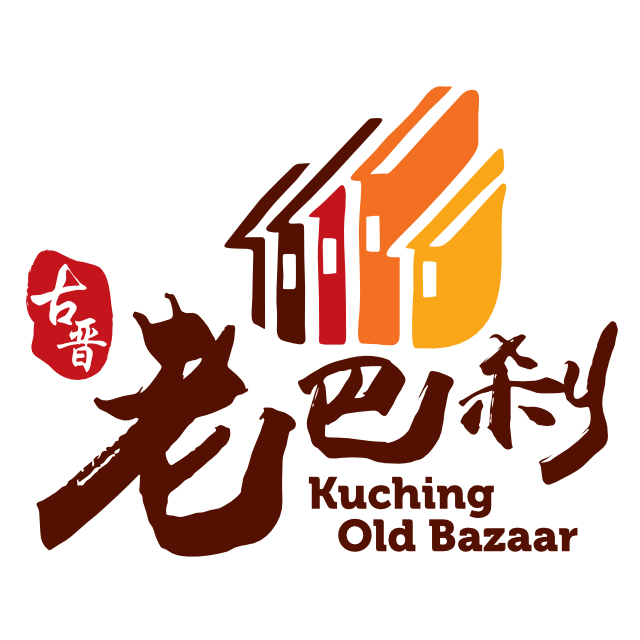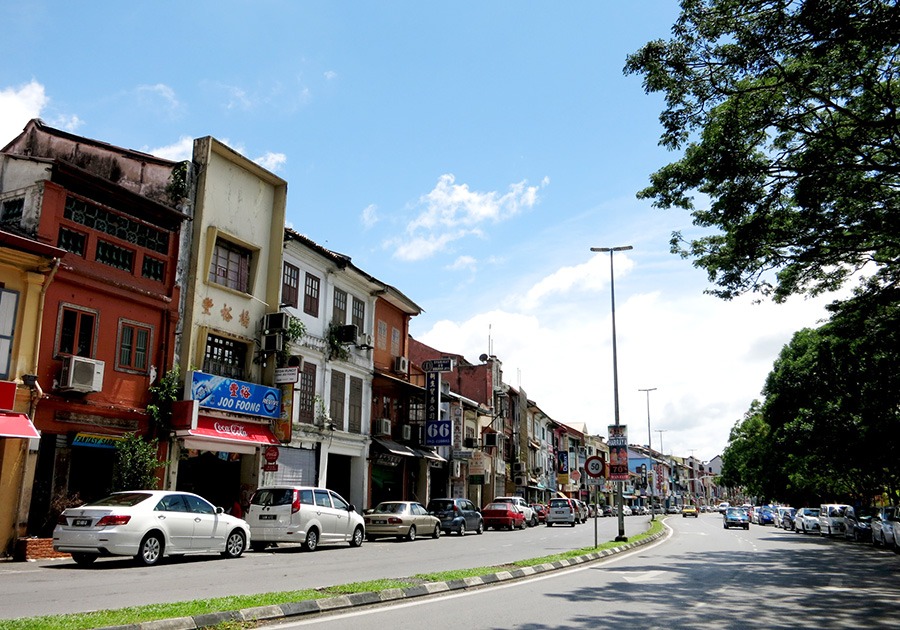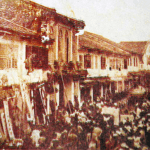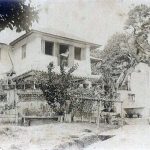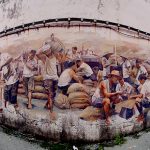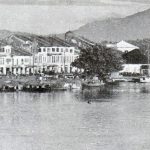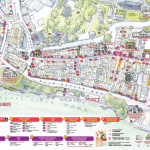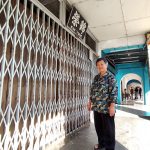Kuching Old Bazaar was a very typical business district where the Chinese traders, Malay, Dayak and European customers frequented. In the early years, before the development of other outlying areas, the Old Bazaar was the main trading center. This was also how the name “Main Bazaar” was derived. People came to this street to trade and sell. All the local barter trades as well as the import and export activities with Singapore and beyond were dependent on its wharf.

Since in the earlier years the Main Bazaar was equivalent to the “Old Bazaar”, shop owners often used “Old Bazaar” as their corresponding address. However, following the various Chinese dialects, the streets also had a few other names depending on the dialect group. The earlier Hokkien settlers called the area “Gang Gi” (港墘) meaning “by the river”. The Teochew used the term “Soon Hong Street” (顺丰街) because there used to be a Soon Hong Kongsi (顺丰公司) belonging to the Teochew. In the first half of 20th century, some people even used the term “Hai Qian Street” (海墘街), thought to be an influence from Singapore or Malaya. Around the 1960s, the name “Hai Chun Street” (海唇街) became a rather fixed name for Main Bazaar. The word “Hai Chun” is believed to have originated from the Hakka meaning of “by the river”.
海唇街
老巴刹是非常典型的商业区,华人在这里经商,马来人、达雅人和欧洲人在这里出入。早年,其他地区还未开发或发展起来,老巴刹是最主要的市集,这也是Main Bazaar这个街名的由来。人们在这里进行买卖,新加坡和内陆的出入口活动也依赖这里的港口。
因此,海唇街在初期等同于老巴刹,早年的店家直接以“老巴刹”作为书写地址。在中文方面,这条街道还有其他几个叫法,较为早期的是福建人叫它“港墘”,意思是“河流旁边”;潮州人叫它“顺丰街”,源于早年街上有个潮州人的组织叫“顺丰公司”;20世纪上半叶,有人用“海墘街”,相信是从新加坡或西马引进的叫法;到了1960年前后,“海唇街”则成为比较固定的译名,“海唇”两字有可能来自客家话的“河流旁边”。
